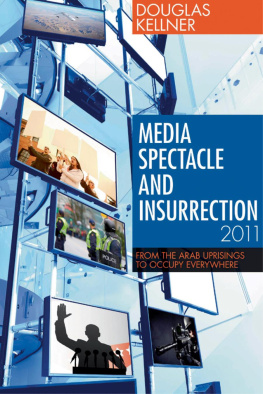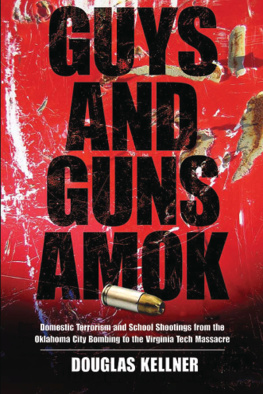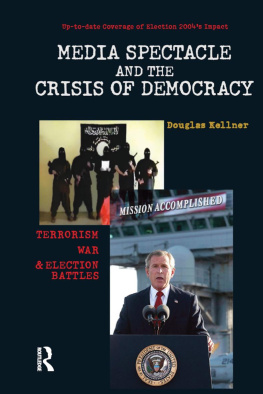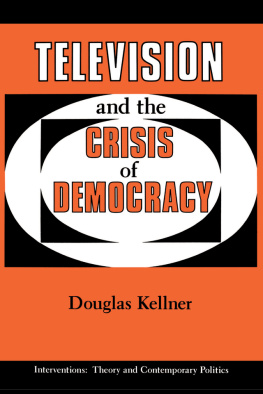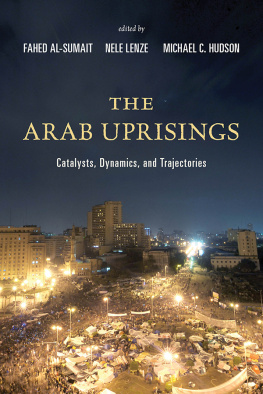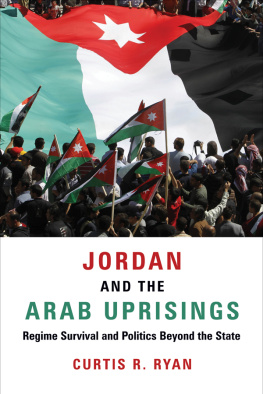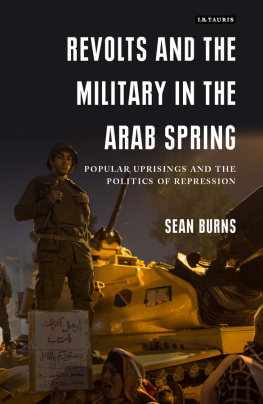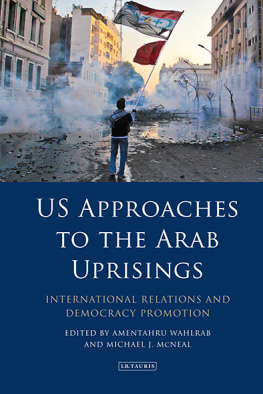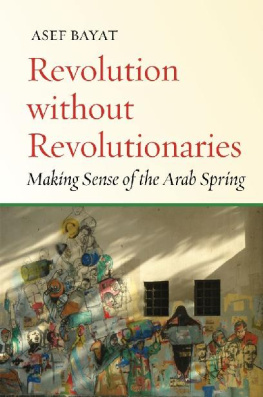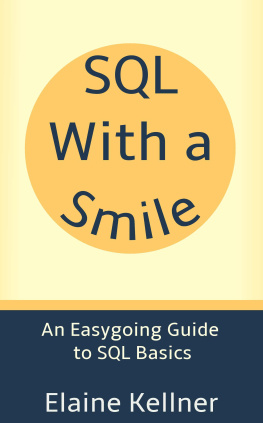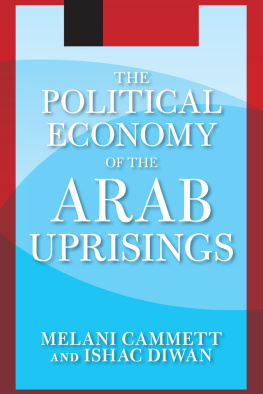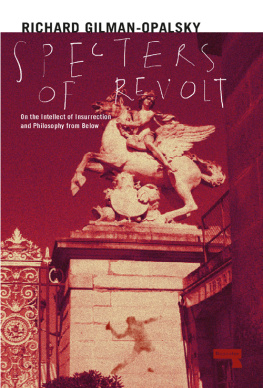Bloomsbury Academic
An imprint of Bloomsbury Publishing Plc
175 Fifth Avenue | 50 Bedford Square |
New York | London |
NY 10010 | WC1B 3DP |
USA | UK |
www.bloomsbury.com
First published 2012
Douglas Kellner, 2012
All rights reserved. No part of this publication may be reproduced or transmitted in any form or by any means, electronic or mechanical, including photocopying, recording, or any information storage or retrieval system, without prior permission in writing from the publishers.
No responsibility for loss caused to any individual or organization acting on or refraining from action as a result of the material in this publication can be accepted by Bloomsbury Academic or the author.
Library of Congress Cataloging-in-Publication Data
A catalog record for this book is available from the Library of Congress.
ISBN: 978-1-4411-8599-0
Typeset by Fakenham Prepress Solutions, Fakenham, Norfolk NR21 8NN
In societies dominated by modern conditions of production, life is presented as an immense accumulation of spectacles. Everything that was directly lived has receded into a representation.
Guy Debord
In the past decades, media spectacle has become a dominant form in which news and information, politics, war, entertainment, sports, and scandals are presented to the public and circulated through the matrix of old and new media and technologies. By media spectacles I am referring to media constructs that present events which disrupt ordinary and habitual flows of information, and that become popular stories which capture the attention of the media and the public. These media spectacles circulate through broadcasting networks, the internet, social networking, cell phones, and other new media and communication technologies centering public attention on certain events. In a global networked society, media spectacles proliferate instantaneously, become virtual and viral, and in some cases become tools of socio-political control while in other cases they can become instruments of opposition and political transformation, as well as mere moments of media hype and tabloidized sensationalism.
Dramatic news and events are presented as media spectacles and dominate certain news cycles. Stories like the 9/11 terror attacks, Hurricane Katrina, and Barack Obama and the 2008 US presidential election were produced and distributed throughout the media and technoscape as media spectacles which were central events of their era. In 2011, the Arab Uprisings, the Libyan Revolution, the UK riots, the Occupy movements and the other major media spectacles engaged in this book cascaded through broadcasting, print, and digital media, seizing peoples attention and emotions, and generating complex and multiple effects that may make 2011 as memorable a year in the history of social upheaval as 1968 and perhaps one as significant.
In todays highly competitive media environment, Breaking News! of various sorts play out as media spectacle, including mega-events like wars, 9/11 and other major terrorist attacks, extreme weather disasters, or, in spring 2011, political insurrections and upheavals. These spectacles assume a narrative form and become focuses of attention during a specific temporal and historical period, that may only last a few days, but may come to dominate news and information for extended periods of time, as did the O. J. Simpson trial and the Clinton sex/impeachment scandal in the mid-1990s (Kellner 2003a), the stolen election of 2000 in the Bush/Gore presidential campaign (Kellner 2001), or natural and other disasters that have significant destructive effects and political implications such as Hurricane Katrina, the BP Deepwater Horizon oil spill, or the Fukushima-Daiichi nuclear catastrophe. Media spectacles can even become signature events of an entire epoch as were, arguably, the 9/11 terrorist attacks which inaugurated a historical period that I describe as Terror War (Kellner 2003b).
While in this era the central global media focus on the war of terror appeared to be coming to an end with the emergence of the Arab Uprisings of 2011 (see Chapters 2 and 5 below), the spectacle of Terror War has also taken new forms after the killing of Osama Bin Laden and subsequent revenge killings (Chapter 4). While, by the tenth anniversary of the September 11, 2001 attacks on the US, spectacles of terror continue to appear to be part of our future destiny as we proceed into the second decade of a new millennium, the Occupy movements which erupted throughout the world, in conjunction with the Arab Uprisings and popular political struggles that cascaded globally, might well portend a new era of political insurrection and transformation, the emergence of which is a central theme of this book.
The media spectacles of the Arab Uprisings in turn generated tumultuous global spectacles of political struggles throughout the Middle East and other parts of the world, in which political upheaval and revolution were circulated, promoted, and took a multitude of forms. I will argue that a significant dimension of globalization involves the circulation of images of popular political uprisings and insurrections. Of course, globalization continues to reproduce neo-liberal market economics and intensifying global economic crisis, but globalization also has a significant political and cultural dimension that involves the circulation of discourses of human rights, international law, and democracy and freedomas well as terrorism and other darker phenomena. Globalization is thus highly contradictory and ambiguous, and is increasingly a terrain of political and social struggle.
This study will look at major global events of 2011 through the prisms of the crisis of neoliberalism and the circulation of insurrection as global media spectacles. First, however, I want to establish a historical context for what I see as the emergence of media spectacle as a dominant form of culture, media, and now political struggle, and ground theoretically and historically my conception of media spectacle.
With the development of capitalism, irreversible time is unified on a world scale. Unified irreversible time is the time of the world market and, as a corollary, of the world spectacle.
Guy Debord
The emergence of media spectacle as a dominant form of Breaking News! that came to construct major news cycles arose as a central mode of news and information in the US with the development of 24/7 cable and satellite news channels which broadcast news and opinion 24 hours a day, 7 days a week. With the rise of global media based on cable and satellite television, and then the internet, the spectacle has become global. Major examples include Gulf War 1, the first live TV war (Kellner 1992); the 9/11 and associated al-Qaeda terrorist attacks (Kellner 2003b); the Iraq War of 2003 (Kellner 2005); and, most recently, the Arab Awakening and Uprisings of 2011. Tumultuous global media spectacles inspired political struggles throughout the Middle East in 2011 in which political insurrection and revolution were circulated, promoted, and presented as media spectacle momentous events that I will explore in this book to help chart the role of global media and media spectacle in the construction and history of the contemporary moment.


